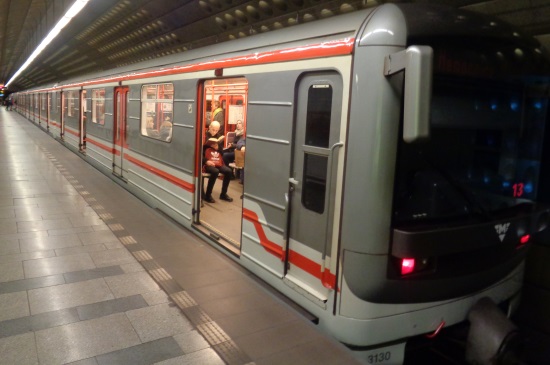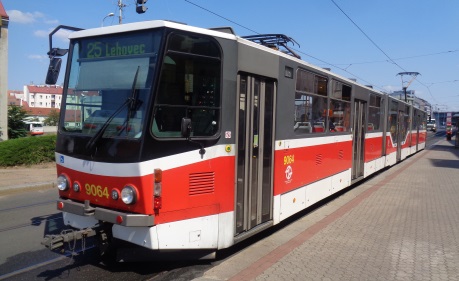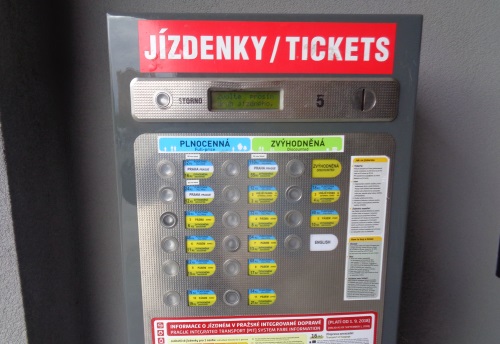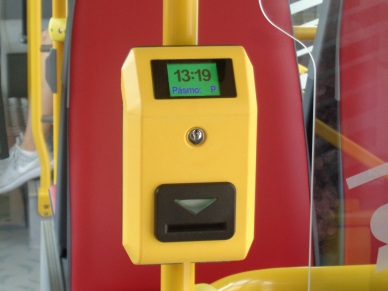Prague’s public transport is one of the best in Europe. There are 3 underground lines and many trams and buses. The vehicles are mostly punctual, the fares are very low. Tourists mainly use single tickets and day tickets.
In the following we would like to briefly introduce the individual modes of transport.
Metro Prague
In Prague, as in many other countries, the subway is called Metro. It has been in operation since 1974. There are three lines. They all meet in the centre at different stops to change trains. >>> More info Metro Prague

Tram Prague
A large part of Prague’s public transport is operated by trams. There are a total of 24 lines during the day that run on a 142-kilometre network. At peak times, almost 1000 vehicles are on the move at the same time. There is also a limited night network with 9 tram lines. The metro does not run at night. >> More info tram Prague

Buses Prague public transport
Where there is no tram and no metro, there are buses. There are mainly buses in the outskirts of Prague and in the suburbs. There are also various airport buses to Prague Airport. Many tourists in Prague almost never use buses, in the tourist areas in the centre there are mainly trams and underground trains.
Other means of transport Prague public transport
On the hill Petrin there is a cable car. This can be used with normal public transport tickets. ->> Cable car Petrin . There are also ferries.
Tickets local traffic Prague
Tickets are very cheap by Western European standards. However, one should bear in mind that wages in the Czech Republic are significantly lower than in Germany, for example, and for the Czechs the prices of local transport are not so pleasant.
Single tickets Prague: We almost always buy single tickets in Prague because of the low price. These cost 24 crowns (90 euro cents) for 30 minutes or 32 crowns (about 1.30 euro) for 90 minutes. One may change, but not exceed the time.
24-hour ticket Prague: This costs 110 crowns (about 4.50 euros).
72-hour ticket Prague: This ticket costs 320 crowns, i.e. hardly less than 3 24-hour tickets.
We stay longer: Monthly tickets are very cheap (550 crowns, around 22 euros), annual tickets only 190 euros.
Which tickets should I buy as a tourist in Prague?
If you travel more than 4 times in 24 hours, you should buy a 24-hour ticket. Those who travel less are better off with the 30-minute single tickets. By the way, the normal tickets are also valid to the airport. But one should buy a 32-crown single ticket, as one usually travels longer than 30 minutes. Only the express bus from the main station to the airport costs a little more.
Tourists buy local transport tickets for other cities in Europe online in advance, for example for Local Transport Lisbon or for Venice and Rome.
Where to buy tickets in Prague?
This is often a problem. There are no tickets in the trams and buses, not even at the stops. Tickets are available in the metro stations and in many shops (tobacco shops, etc.).
There are vending machines in the metro. You can only pay with coins or, at more and more machines, with cards (EC card, credit card). If you are travelling with single tickets, you should always buy a stack of tickets in stock.

The machines are quite easy to operate. If you press the same button several times, you get more tickets. If you pay by contactless card, you usually don’t need a secret number. More about buying tickets in the following video:
Validate tickets
All tickets must be validated on the first trip on the Prague public transport system, be it a single ticket or a day ticket. Time runs from the time the ticket is validated.

In buses and trams, the validators (see picture) are in the vehicle, usually behind every door. In the metro, the validators are at the entrance (e.g. in front of the escalator downwards). They look a bit different.